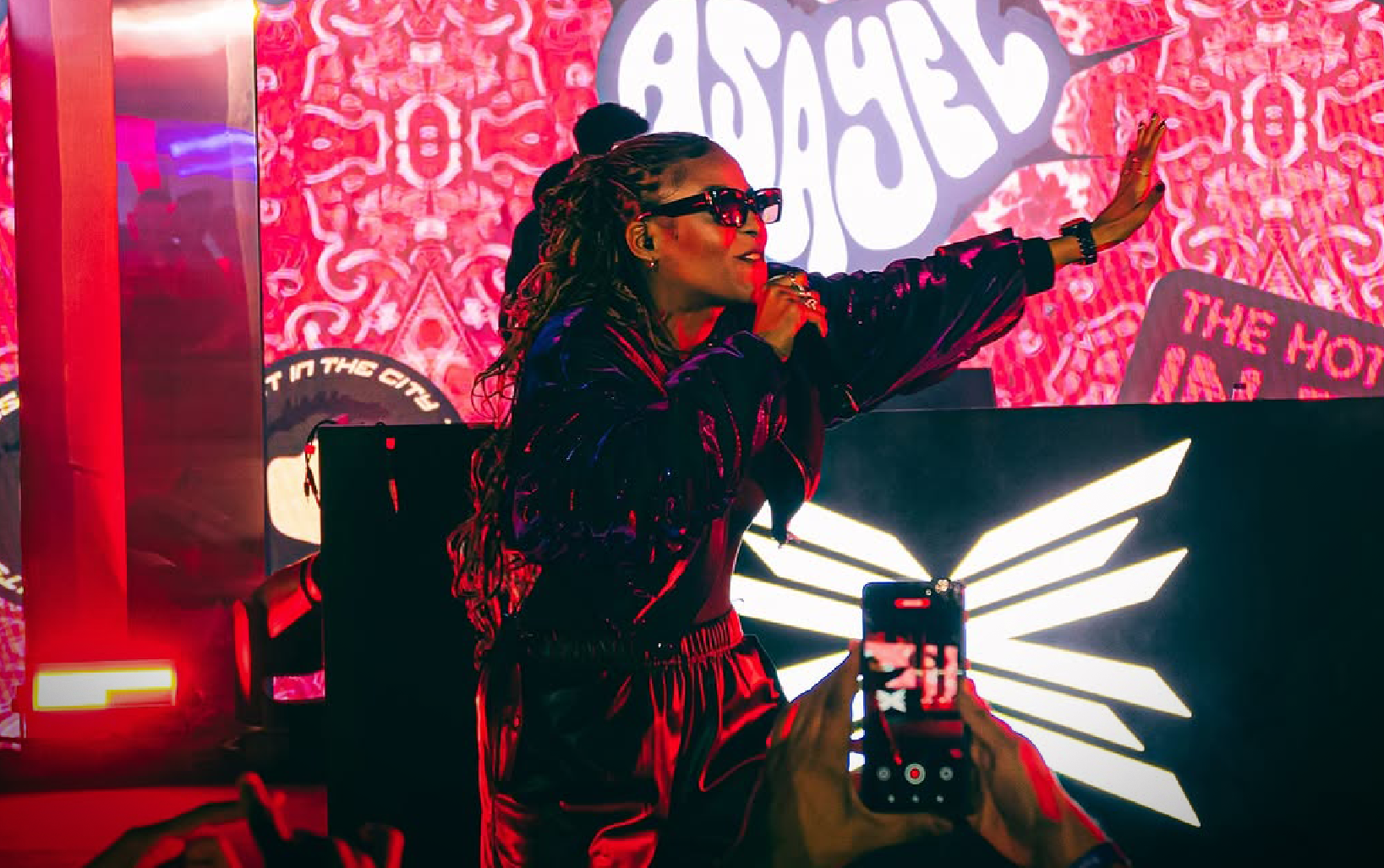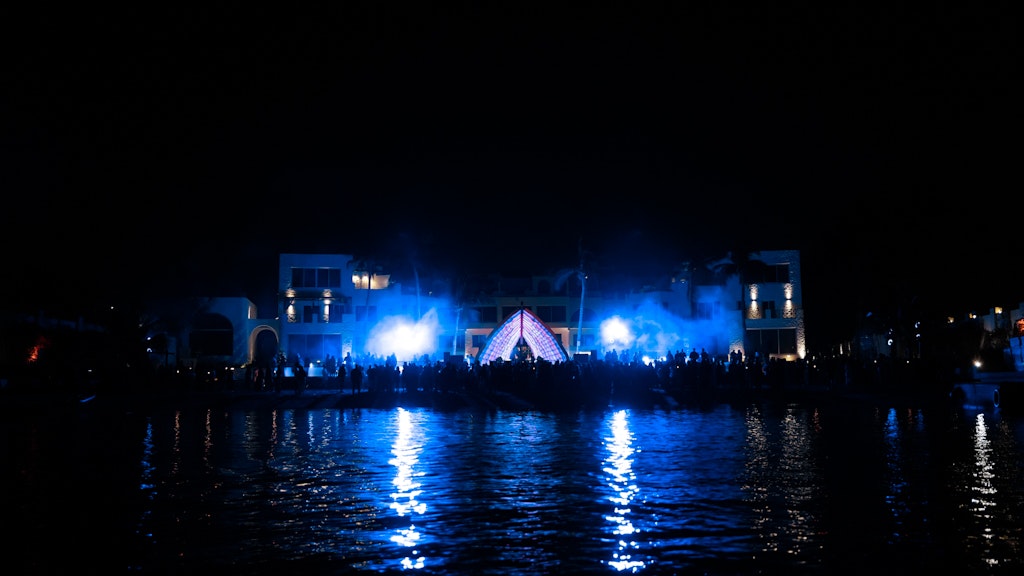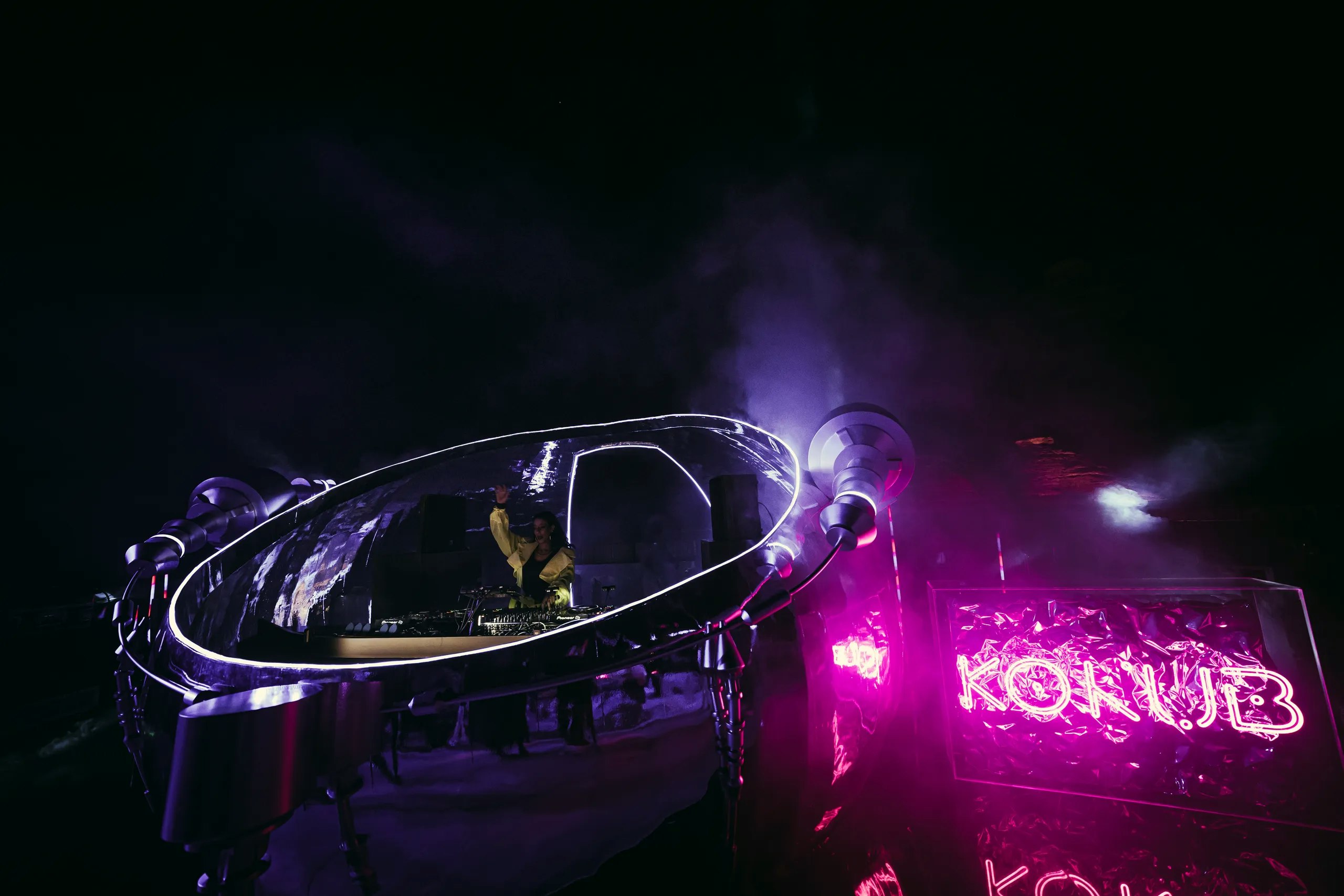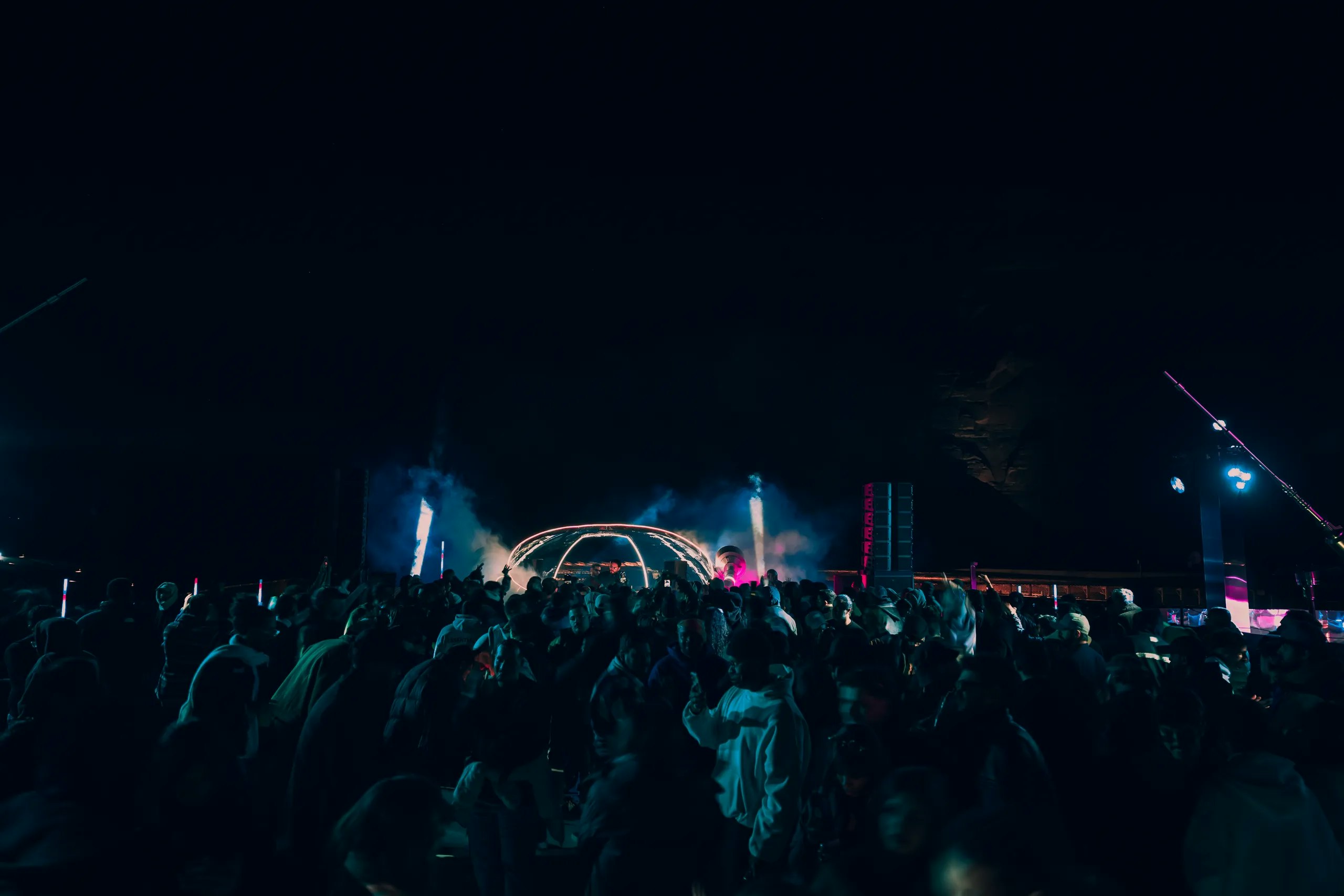
The Future of Music Holograms in Live Shows
By MDLBEAST
July 17 2025
The Future of Music Holograms in Live Shows
By MDLBEAST
July 17 2025
How do you feel about attending a concert where your favorite artist, who is long gone or unavailable for some reason, can actually take the stage and sing their greatest hits with breathtaking clarity? Sounds like science fiction? Welcome to the future of music, where holograms are pushing the boundaries of live performances.
Adding a New Dimension to Live Music
Holograms are not just another trend; they're quickly becoming a revolutionary force in the music world. Whether it's to bring back a legend to life or to amplify live performance with another level of artistry, holographic performances are going to redefine what has been possible in the entertainment world.
Holograms: The Evolution So Far
2012 proved to be a watershed moment for the concept of holograms within the realm of music. At Coachella, Tupac's hologram left fans with blown minds and made headlines worldwide. Since then, Whitney Houston, Roy Orbison, and even ABBA have stepped into this futuristic realm, showcasing how technology can bring the past to the present.
While the early holograms were groundbreaking for their time, they lacked the lifelike familiarity of in-person performances. Today, advancements in projection mapping and augmented reality have transformed holograms into lifelike and remarkably realistic creations, making performances feel as though they come directly from the artists themselves.
Holographic Technology Unveiled
This technology mainly depends on:
Projection Mapping: Using high-powered projection, this technique produces 3D images, enabling holograms to appear as though they transcend the physical stage.
Augmented Reality (AR): It improves the illusion as if the holograms were seemingly in reality within the real-world environment.
Pepper's Ghost: This classic optical illusion is still one of the techniques used to enhance the holographic effect.
These methods are undeniably spectacular but far from simple. Creating a realistic hologram is no easy feat. It demands meticulous attention to detail and flawless execution, from motion capture to precise lighting.
What Makes Holograms So Popular?
They are essentially much more than technical wizardry; they serve as new and exciting avenues for connecting artists with their fans.
Enhancing Concert Experiences
Seeing Freddie Mercury belt it out as he only could on "Bohemian Rhapsody," or witnessing Michael Jackson moonwalking as if it were 1983—these are just some of the marvels holograms offer:
Nostalgia On-demand: Yes, enjoy iconic performances as it happens.
Immersive Storytelling: Holograms add some visual narrative to live shows that would make any concert a lifetime experience.
Global Accessibility: Can’t make it to the concert? One day, holographic technology could bring the live experience straight to fans’ homes, no matter where they are in the world.
Ethical and Creative Dilemmas
The emergence of holograms stirs serious questions. What does it mean to arrange posthumous performances without an artist's consent? Could this lead to an overreliance on holograms, potentially compromising the authenticity of live experiences? Quite a debate indeed, shaping the way we approach this evolving trend.
With these points put across, holograms render a double-edged sword for the music industry:
Advantages
Bringing back iconic tracks for a new generation of fans.
Reducing the cost of live touring while allowing mesmerizing performances.
Offering more opportunities for creative production of experimental shows.
Disadvantages
Increasing the commercialization of artists dear to hearts.
High production cost for small indie performers, raising concerns about accessibility and widening the gap in reach.
What Does the Future Hold?
Holographic performances have barely skimmed the surface of what they may be able to do. Here's a hint of what we can expect:
Interactive and AI-Enabled Shows
Imagine being at a Soundstorm festival where an average holographic DJ gets your live song requests through AI-powered systems. It's expected that holograms may soon become interactive, enabling the audiences to shape the performance in real time.
Inclusion
As technology develops, holograms might transform world touring from being out of reach to attainable. Imagine people in all major cities experiencing a live concert simultaneously, with real-time performances projected as part of a unified, immersive experience across those locations.
An Unprecedented Realm of Music
The future of music holograms will surely be very bold, where everything imaginable will be done to simulate live performances. MDLBEAST is known for its energetic stages and concerts, and holographic technology would give people the chance to come closer to the actual experience while still making live music even more exciting, open, and unforgettable. Some of these challenges are still to be overcome, but it is already very clear: music holograms are here to stay—and they are going to rock our world.
Share this


